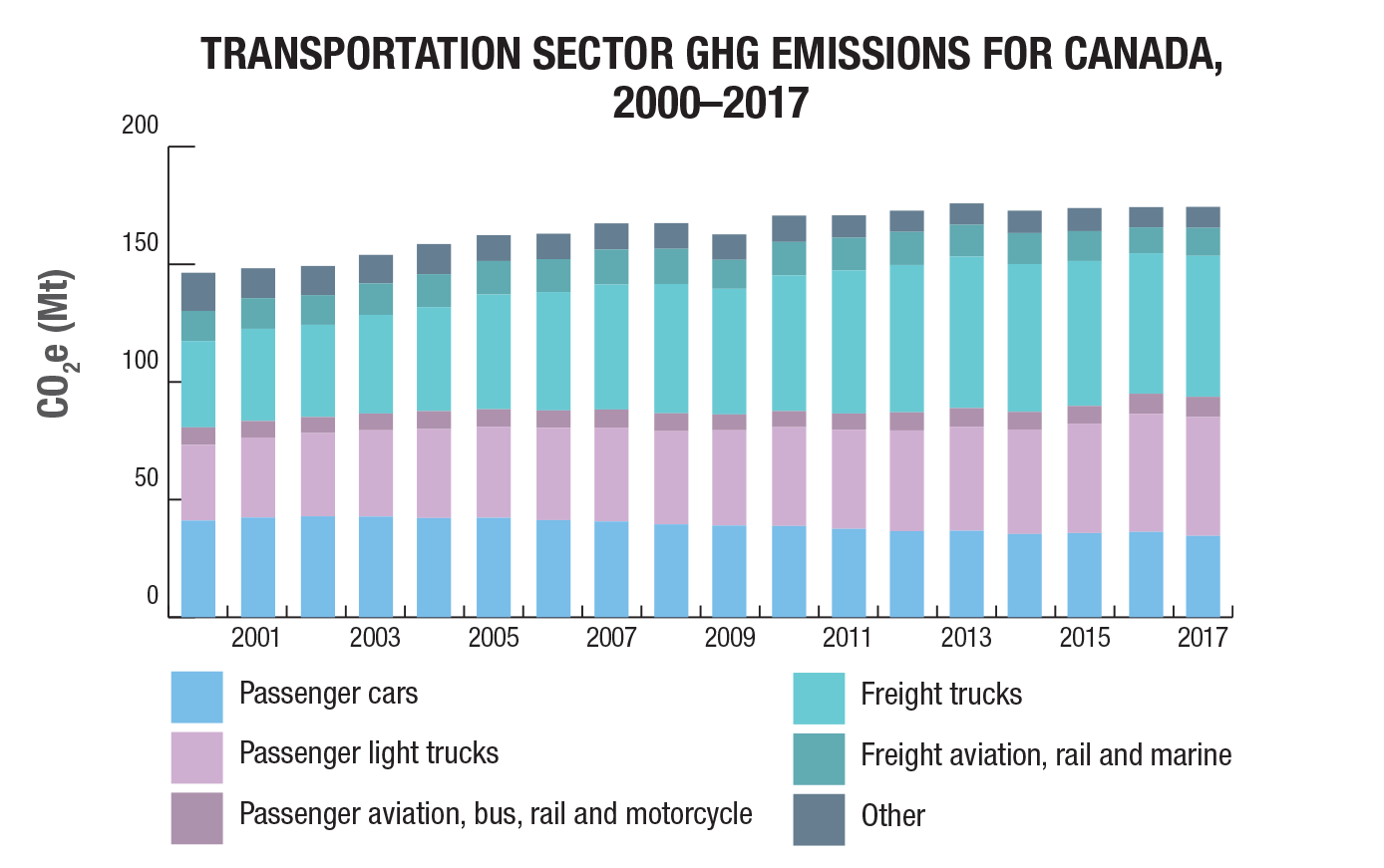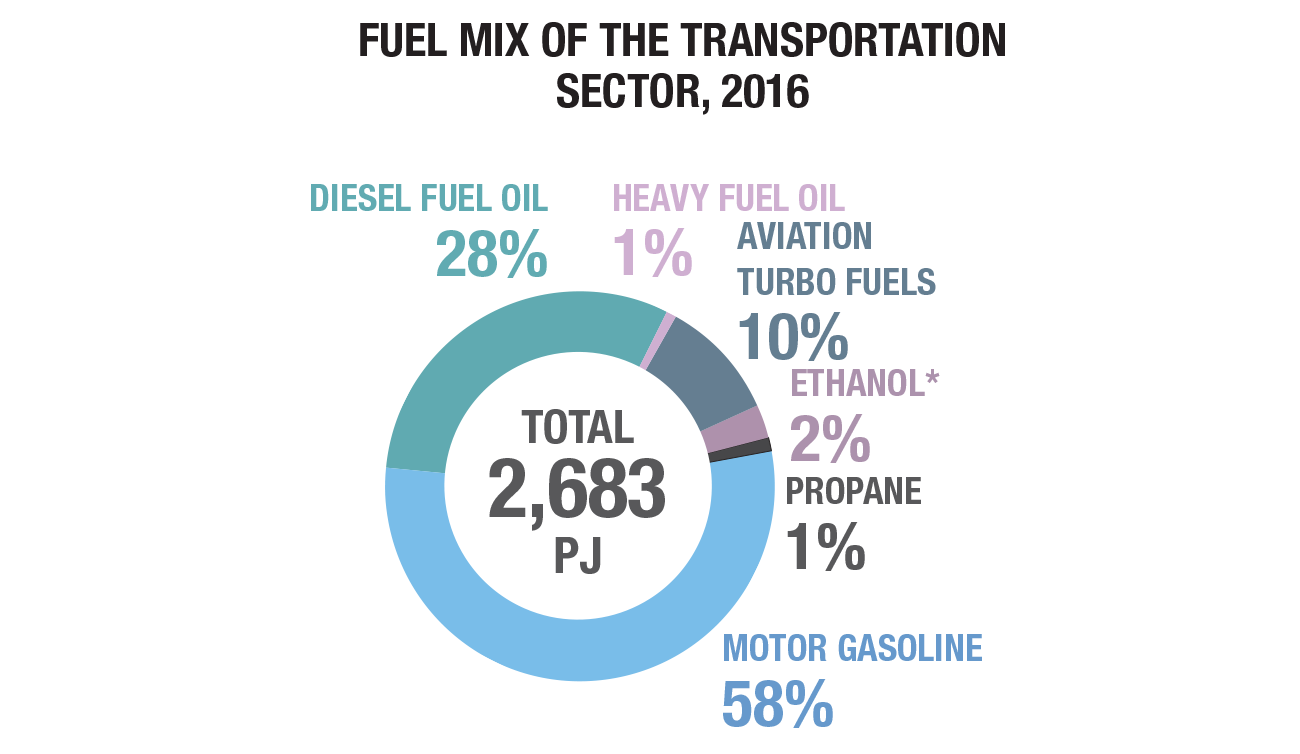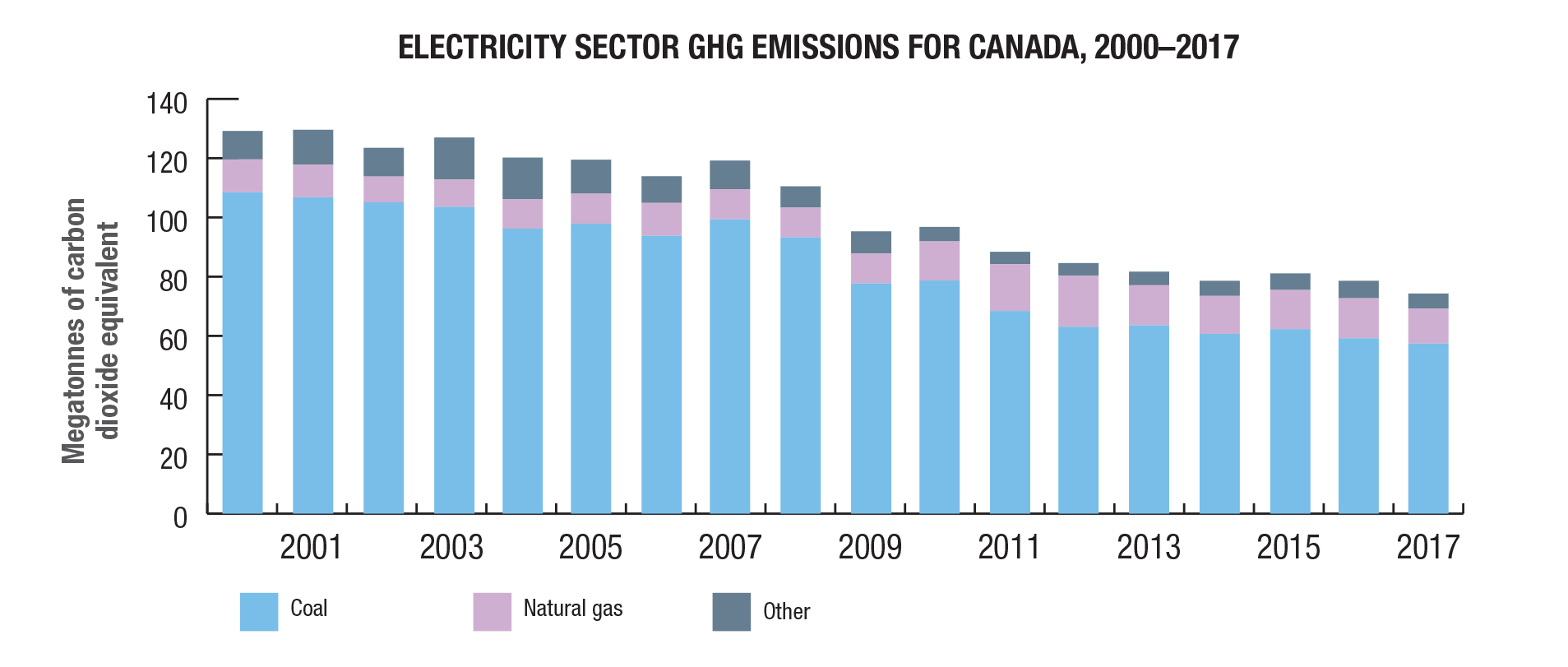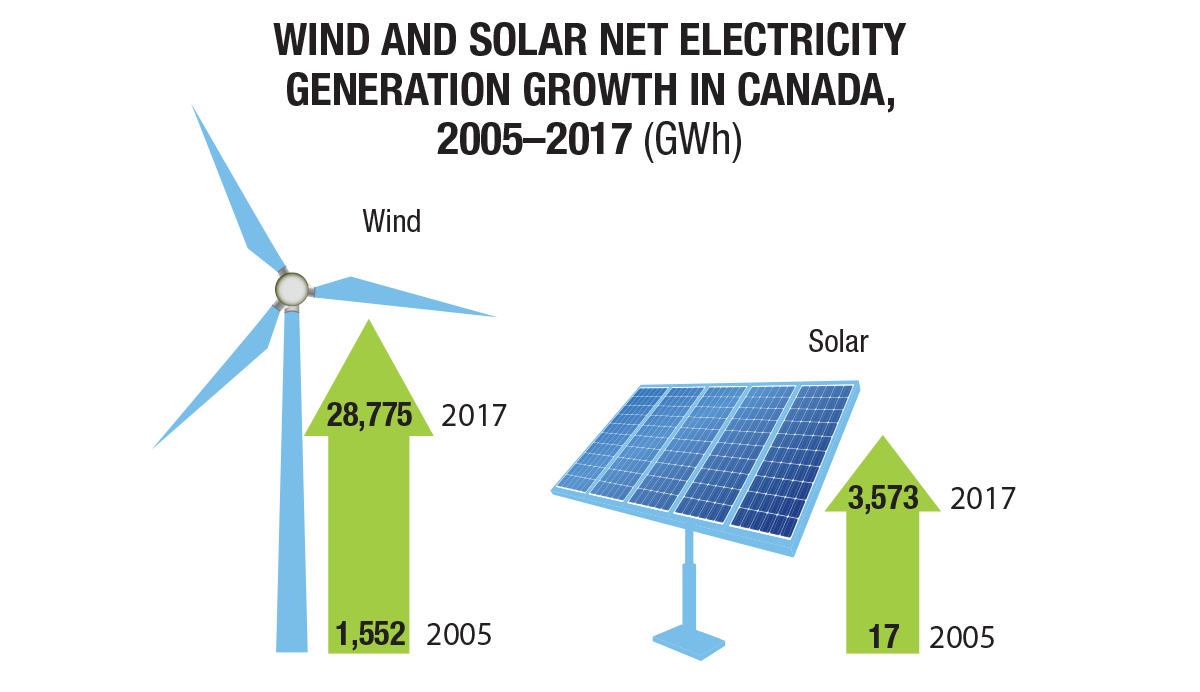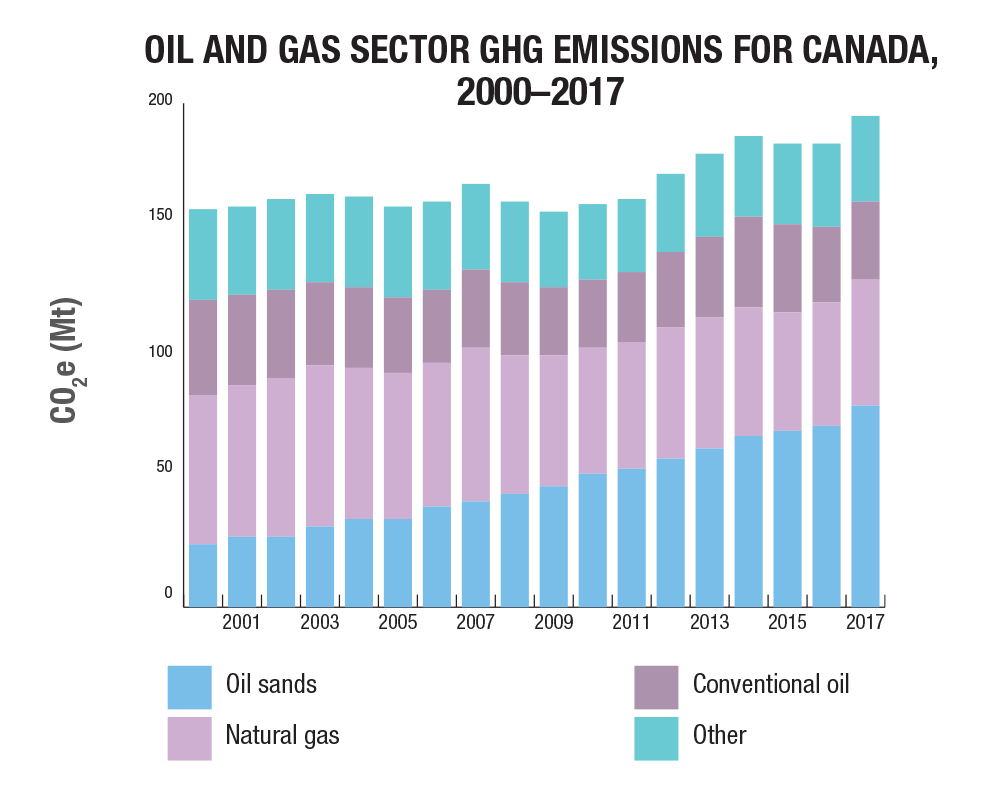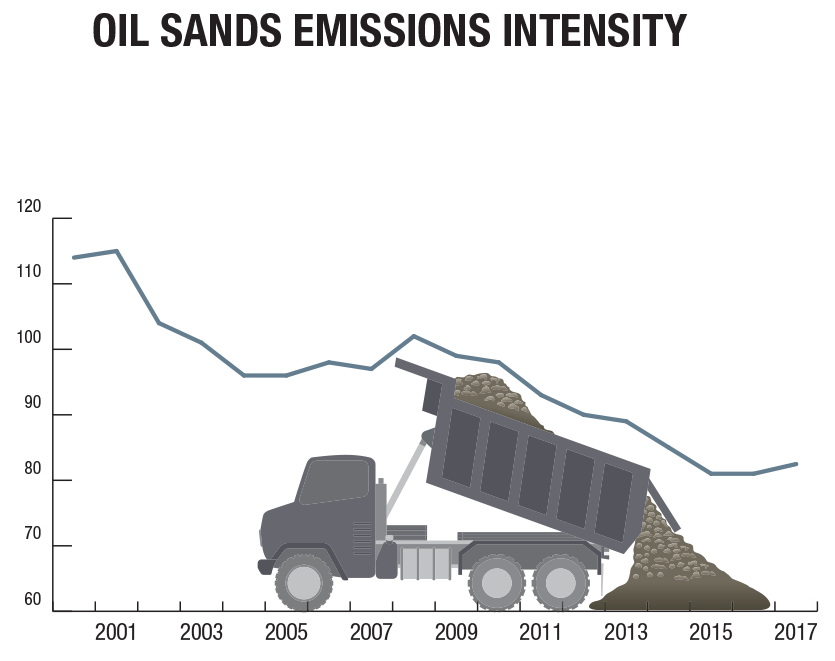Light vehicle emissions
The NTC reports on the carbon dioxide emissions intensity of new cars and light commercial vehicle sales to provide a transparent benchmark for how Australia’s new car emission performance is tracking.
Key findings from our latest report:
In 2018 the national average carbon dioxide emissions intensity from new passenger and light commercial vehicles was 1 80.9 g/km. This is a 0.4 per cent improvement from 2017. This is the second lowest annual improvement since records started in 2002.
Consumer preferences are an important factor affecting the national average of carbon dioxide emissions intensity for new vehicles. If all Australians who purchased new vehicles in 2018 had purchased vehicles with best-in-class emissions, the national average carbon dioxide emissions intensity would have been reduced to 73 g/km, a 60 per cent reduction.
About 91 per cent of all new vehicle sales in 201 8 were from 15 makes. Of these 15 makes, Audi had the lowest corporate average emissions intensity (148 g/km), and Ford had the highest (216 g/km).
Source
